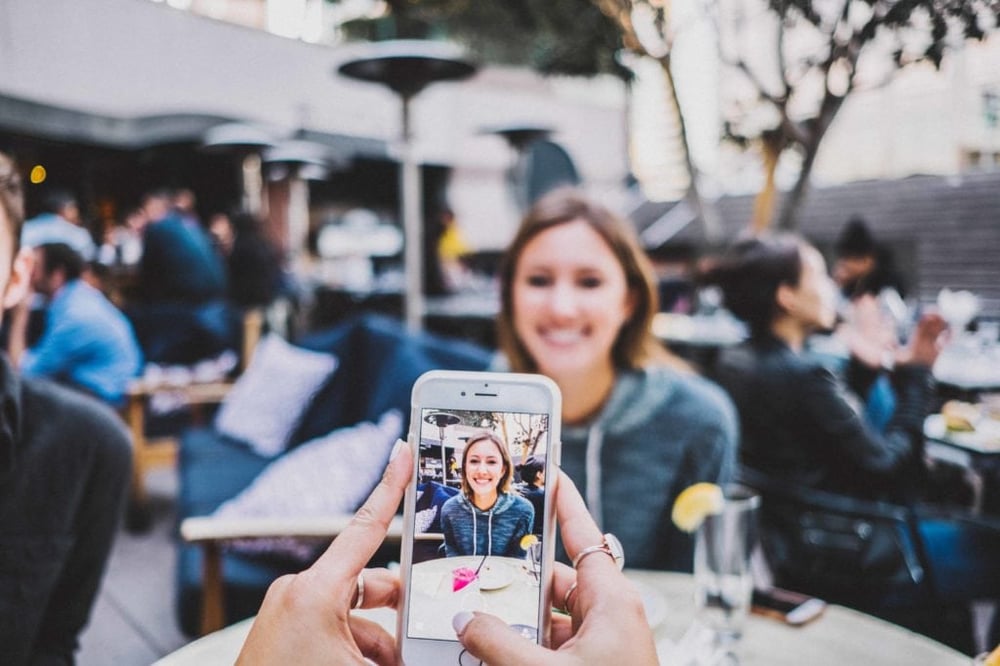
This article originally appeared on Forbes.com, on June 1, 2018
Building a business on the periphery of platforms you don't control is always fraught with risk. Add influencer marketing to the industries that didn't exist pre-social media, and count it among those that have thrived on the backs of the social network infrastructure. In part because of this, and in part, because it's a new form of endorsement marketing, lots of folks are challenging the premise of influencer marketing.
I've been working in influencer marketing since 2008, and my team and I have run over 150 such programs over the years. That gives me a unique perspective on what's changed, what's working and where the challenges are in influencer marketing.
Challenges With Influencer Marketing
Today, if all you read are headlines of the marketing trade publications, you could be excused for believing that influencer marketing is, at best, under attack and, at worst, a dubious marketing method. Consider:
- A recent study, which revealed brands with paid influencers who have the most fake followers, showed that as much as 78% of the Ritz-Carlton's influencers' followers were reportedly fake.
- Brands only want to pay for "verifiable impressions" while social networks keep changing the rules for influencers.
- Some well-intentioned compensation models, including "pay for engagement," end up incentivizing influencers to buy fake engagements. (There are even sketchy services offering fake likes on posts for as little as $10.)
- One company is investing at least $6 million to build computer-generated influencers powered by artificial intelligence.
- Various reports are suggesting that mega-influencers have less value to brands than before.
Real Benefits Of Influencer Marketing
So, in the midst of all this turmoil, what's to love about influencer marketing?
1. The Momentum Effect
People love to feel they've discovered something new or exciting. And finding something via social shares, particularly with the validation of lots of likes/comments and shares, is more profound than seeing it through an ad served to the world. This concept was made popular by Jean-Claude Larreche in his 2008 book, The Momentum Effect, and has been studied in social media since at least 2011.
2. Increased Trust
Consumers trust other people more than they trust brands. In fact, in Nielsen's Global Trust in Advertising report, 82% of those in the U.S. trust recommendations from people they know and 66% trust recommendations from opinions posted by consumers online. All of these recommendation methods are trusted more than any kind of advertising run by a brand on TV, newspaper or similar outlet. In fact, the brand advertising itself on social media platforms is far less trustworthy, coming in at only 42% trusted.
3. Inspiration
Influencers are uniquely positioned to tell authentic, relatable stories on how they use your products. This creates that "why should I care?" moment for consumers that drives sales. In fact, a TapInfluence study performed by Nielsen Catalina found that sales from a food-centered influencer program performed about 11 times better than a typical banner advertising campaign. (Full disclosure: Our company is a TapInfluence customer.)
4. Manage Fragmentation
The social universe is too fragmented to expect to efficiently reach all of your followers via brand channels, particularly when organic reach on Facebook is mired around less than 2%. Additionally, Forrester has found that a consumer engages with, on average, 11.4 pieces of content before making a purchase. Influencer programs can scale more easily and travel efficiently across these platforms via multiple influencer accounts.
5. Better Content, Faster
Recent research shows that roughly half of surveyed marketers said that influencer content performed better than brand-produced content, typically in terms of generating positive engagement from brand customers and prospects. This type of content production also scales well. For one client last year, our influencers created over 15,000 pieces of content for that brand. To get that volume of content produced by an agency would have cost millions of dollars – before anyone even saw the content. Influencers produce and share content at scale.
6. 'Focus Group' Of Live Reactions
If your influencer programs are set up properly, each piece of content can be ranked against the others. This helps brands produce similar content that performs well and shows which pieces of content perform best "out in the wild" before sharing it on their own channels.
We have an algorithm we call the Content Performance Index that does this for every piece of social content. While other providers have different tools, it's important to be aware that not all content performs equally in these influencer programs and have a means for measuring the differences.
Brands Are Still Increasing Influencer Spend
So far, brand marketers appear to be staying with influencer marketing. In fact, 92% of marketersin a recent survey said they planned to increase budgets for Instagram influencer programs in particular. This matches with other research, showing the many ways that marketers consider their influencer marketing programs successful. Despite this, some conservative brands are delaying influencer marketing the same way they did with social media marketing.
My brother once gave me some business advice in which he said, "You're a pioneer. Pioneers get hit by arrows sometimes." That seems relevant to the larger influencer space as well. As brands, marketers and influencer agencies like mine continue to evolve this space, that feeling that we're under attack may not go away anytime soon. But as long as we're ethically driving improved business results and answering challenges posed by the modern marketing landscape, we'll keep moving forward.
-1.png?width=504&height=360&name=Carusele%20logo%20%C2%AE%20logo%20Color%20(2)-1.png)